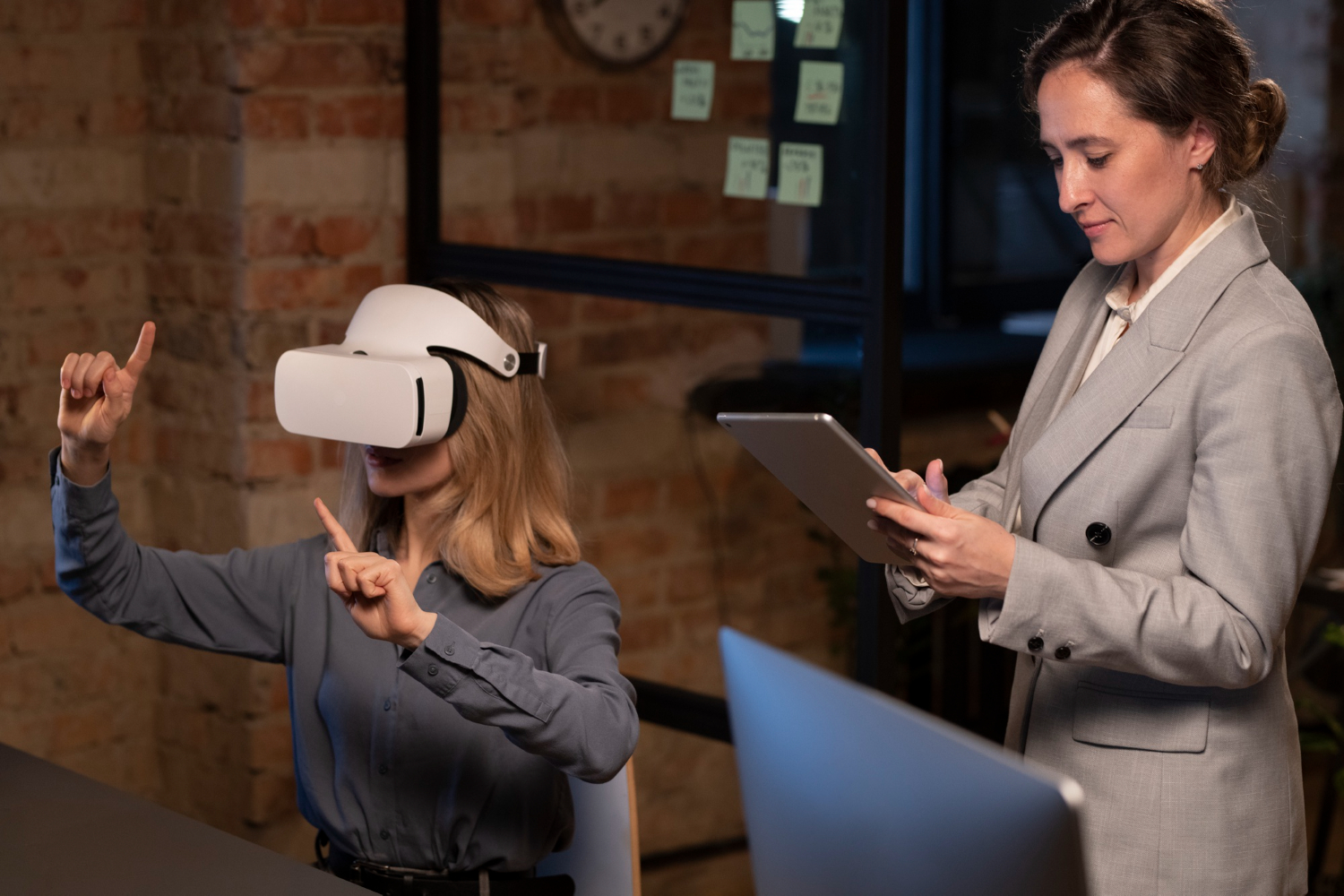E-commerce Evolution: How Technology is Transforming the Way We Shop and Conduct Business Online
The landscape of e-commerce is continuously evolving, driven by advancements in technology. From small local shops to global giants, technology is fundamentally changing how we shop and how businesses operate online. In this post, we’ll explore the dynamic changes technology brings to e-commerce, enhancing both the customer experience and business operations.
Personalized Shopping Experiences with AI
Artificial Intelligence (AI) is revolutionizing the online shopping experience by enabling personalized customer journeys. AI algorithms analyze consumer behavior, preferences, and past purchases to tailor product recommendations and content. This level of personalization not only enhances the shopping experience for customers but also increases engagement and sales conversion for businesses.
Seamless Transactions with Mobile Commerce and Payment Innovations
The rise of mobile commerce (m-commerce) has made shopping more convenient than ever. Consumers can now shop from anywhere, at any time, using their smartphones. Along with this, innovative payment solutions like digital wallets and one-click payments have streamlined the checkout process, making it faster and more secure, thereby reducing cart abandonment rates.
Enhanced Customer Engagement through Social Media and Chatbots
Social media platforms have become a crucial part of the e-commerce ecosystem. They serve as a powerful tool for marketing, customer engagement, and even direct sales through social commerce features. Additionally, chatbots have emerged as an effective way to provide instant customer service and support, guiding customers through their shopping journey and resolving queries promptly.
Revolutionizing Supply Chain and Logistics with IoT and Blockchain
Technology is also transforming the backend of e-commerce, especially in supply chain management and logistics. The Internet of Things (IoT) aids in real-time tracking of goods, improving inventory management and delivery efficiency. Blockchain technology offers transparency and security in transactions, particularly in terms of product authenticity and supply chain integrity.
The world of e-commerce is undergoing a transformation, thanks to rapid technological advancements. These changes are not just enhancing the shopping experience for consumers but also streamlining and optimizing business operations for retailers. From AI-driven personalization to the integration of IoT and blockchain in supply chain management, technology continues to push the boundaries of what’s possible in e-commerce. As we look to the future, it’s evident that embracing these technological innovations will be key for businesses to thrive in the ever-evolving digital marketplace.


